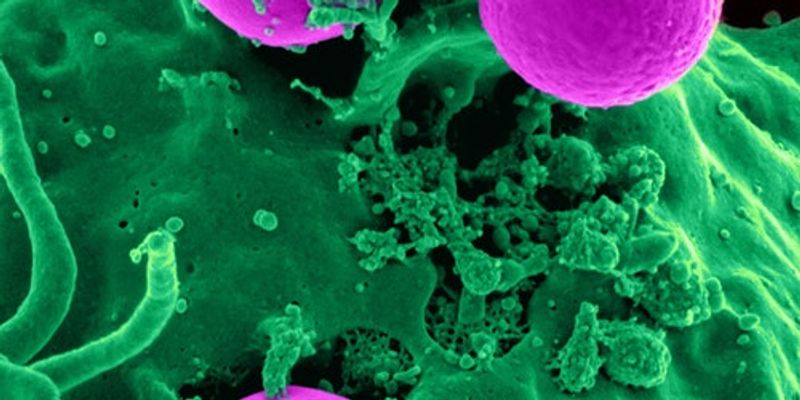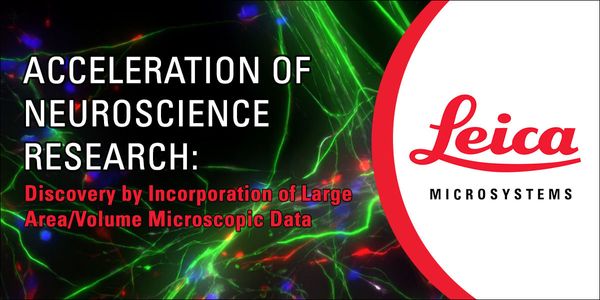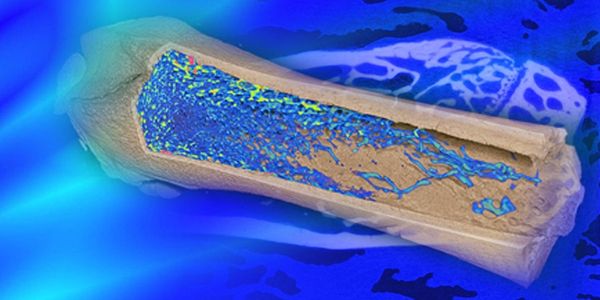Cell
Cell: is the smallest structural and functional unit of an organism, typically microscopic and consisting of cytoplasm and a nucleus enclosed in a membrane. Microscopic organisms typically consist of a single cell, which is either eukaryotic or prokaryotic.
-
FEB 26, 2019 | 9:00 AMDATE: February 26, 2019TIME: 9:00am PST, 12:00pm EST In an era of increasingly high-throughput, large-scale biology, with companies, government and non-prof...Speaker: Andrew Brooks, Ph.D. , Shawn Levy, Ph.D. , Brad Hamilton , Fay Betsou, Ph.DSponsored By: Brooks Life SciencesFEB 20, 2019 | 9:00 AMDATE: February 20, 2019TIME: 9:00am PST ...The lung is a highly complex organ, comprised of more than 40 cell types that are responsible for various important functions, the lung’s complexity contributes to the subsequent challe...
Experimental models that promise to replace animal tests that are currently required for drugs and chemicals are rapidly proliferating. This includes a number of novel solutions offered by bi...
Xenobiotic-induced cardiotoxicity is a major concern for both pharmaceuticals and chemicals in the marketplace. For drugs, "Thorough QT/corrected QT (QTc)" (TQT) studies are corners...
Digitalization has transformed virtually every industry, but it has been slow to gain traction within the preclinical phase of the drug development journey. Recent advances in digital vivariu...
Speaker:
Szczepan Baran, VMD, MS
Presented at: Laboratory Animal Sciences Virtual Event Series 2019
FEB 07, 2019 | 8:00 AM
Date: February 7, 2019Time: 8:00am PST, 11:00am EST Modern microscopes are becoming increasingly complex instruments enabling registration of image sets far beyon...
Development of novel types of therapeutics require adaptation of traditional bioprocessing applications to include the use of primary cells, such as stem cells, fibroblasts, astrocytes and ne...
As the pace of biotherapeutic approvals increases, so does the pressure on makers of new biologics to complete their development processes faster and more efficiently. The success of the drug...
Speaker:
Christopher Heger, PhD
Multi-mode chromatography has come to prominence in recent years due to the general utility of multi-mode ligands for product capture and polishing. In particular, their application in flow-t...
Speaker:
Buzz Lobbezoo
The Strep-Tactin®XT:Twin-Strep-tag®-purification system enables protein purification at high yields and purity under physiological conditions. Providing the highest binding affinity a...
























